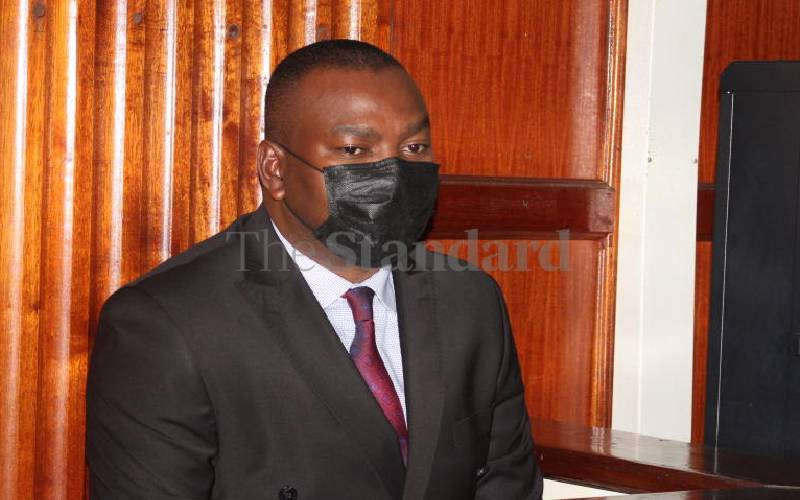Global and regional legitimacy factors can cause instability and fragility, and seriously undermine the creation of competent public authority at the country level. With the ongoing conflicts around the world, the Great Lakes Region and the Horn of Africa is said to host the highest number of illicit arms, according to the Small Arms Survey Organization. Proxy uprising, for example, Uganda, South Sudan and Kenya are posing threats to full-blown wars with existing militia groups already identified as a threat to the regions' security and fluctuating stability.
In Kenya, the current population of Kenya is 52,038,641 as of Wednesday, May 15, 2019, based on the latest United Nations estimates. There are more than 43 militia groups based on ethnic distribution, dissolved into the community (security) associations with 20% of the crimes executed under these associations and 40% of the associations having access to small arms and light weapons.
There were more than 750 thousand available small arms in 2018 in Kenya according to the Small Arms Survey Organization. There are only 6,500 licensed gun owners in the country, according to Firearms Licensing Board- the body which registers civilian firearms holders, dealers, and manufacturers of firearms.
Since, the Kenyan authority has only managed to destroy some 5,250 illegal firearms by fire in 2016 as part of efforts to fight crimes like cattle rustling, carjackings and to eliminate threats from terrorism.
A practical challenge is that the endogenous nature of the proliferation of small arms and light weapons (SALW), is due to the availability of arms from drought persistent pastoralists arid and semi-arid areas where guns are sold cheaply or exchanged for foodstuff with criminal rings of urban regions where armed crime is a lucrative opportunity.
In Research and Development higher education and employment are the major issues, in Kenya, 600 thousand skilled workers are annually employment thus 6 million in 10 years, one third, (1/3) of the skilled workers have no jobs, while only 1/9 young adults (14yrs-16yrs) have access to higher learning institutions. Seven hundred thousand young adults in 2018 sat their Kenya Certificate of Primary Education (KCPE). Currently, the population of Kenya is comprised of a massive youth bulge. 64% of the population is below 24 years of age, 20.6% of whom are youth aged 15 to 24, according to the United Nations Population Organization.
Most illegal firearms are smuggled into Kenya through Somalia and Ethiopia to North Rift and North Eastern regions of Kenya, the most underdeveloped area of the country and suffer from a high level of human insecurity, with more than three quarters of the population living below the poverty line according to the United Nations Centre for Regional Development.
Matthew Kimaita
Stay informed. Subscribe to our newsletter
Humanitarian for Community Development.
 The Standard Group Plc is a
multi-media organization with investments in media platforms spanning newspaper
print operations, television, radio broadcasting, digital and online services. The
Standard Group is recognized as a leading multi-media house in Kenya with a key
influence in matters of national and international interest.
The Standard Group Plc is a
multi-media organization with investments in media platforms spanning newspaper
print operations, television, radio broadcasting, digital and online services. The
Standard Group is recognized as a leading multi-media house in Kenya with a key
influence in matters of national and international interest.
 The Standard Group Plc is a
multi-media organization with investments in media platforms spanning newspaper
print operations, television, radio broadcasting, digital and online services. The
Standard Group is recognized as a leading multi-media house in Kenya with a key
influence in matters of national and international interest.
The Standard Group Plc is a
multi-media organization with investments in media platforms spanning newspaper
print operations, television, radio broadcasting, digital and online services. The
Standard Group is recognized as a leading multi-media house in Kenya with a key
influence in matters of national and international interest.






